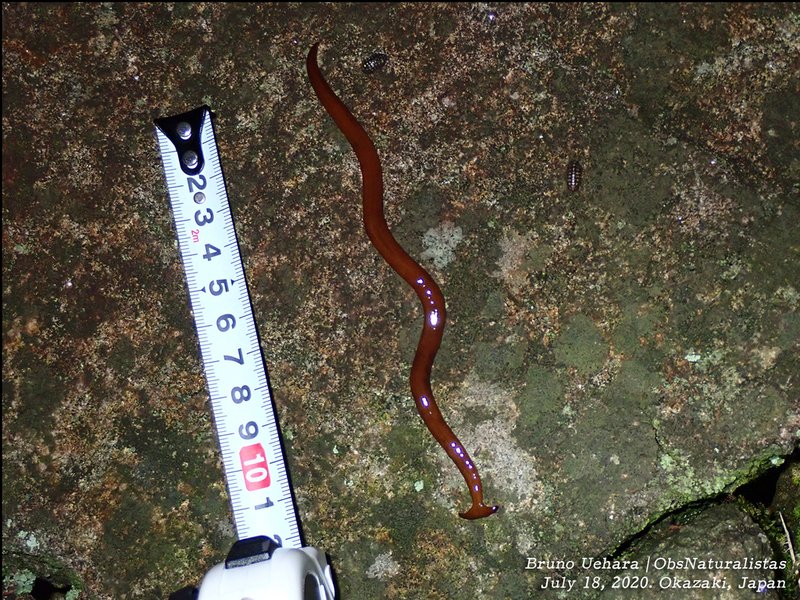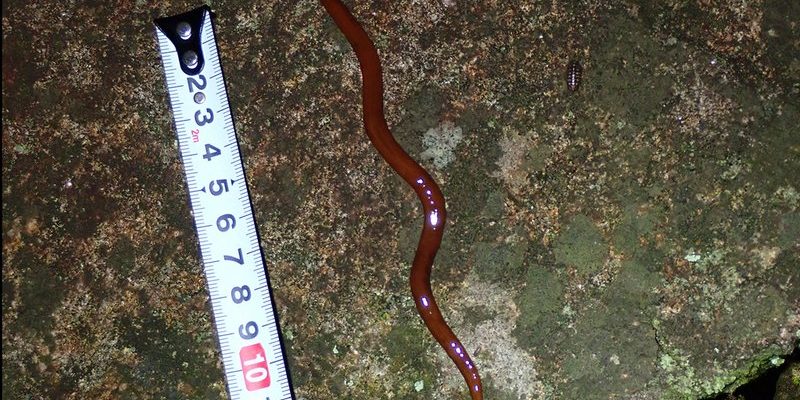
So, what’s the scoop on these worms? The Malayan Hammerhead Worm (Bipalium kewense) is a flatworm known for its unique head shape, which resembles a hammerhead shark. It’s not just a fun name; these critters have some impressive biological traits that can help illustrate complex science topics. From their hunting methods to their reproduction, there’s a lot to explore. Using these worms in demonstrations can turn a typical science lesson into an opportunity for hands-on learning and discovery.
Let’s dive into how you can effectively use Malayan Hammerhead Worms in your school science demonstrations, making biology not only educational but also entertaining.
What Are Malayan Hammerhead Worms?
To understand how to use Malayan Hammerhead Worms in demonstrations, you first need to know a bit about them. These flatworms are typically found in tropical regions and are known for their distinct head shape. Measuring anywhere from a few inches to over a foot long, they have a flattened body and are usually a striking brown or gray color. Think of them as the superheroes of the worm world, equipped with unique abilities!
Malayan Hammerhead Worms are carnivorous, feeding mainly on earthworms and other small invertebrates. This predatory nature makes them a great subject when discussing food chains and ecosystems. They use a fascinating method to hunt. Since they don’t have a traditional mouth, they secrete enzymes that dissolve their prey, allowing them to absorb nutrients. It’s a *really* cool way to show students how diverse and innovative nature can be!
In addition to their hunting methods, it’s also worth noting that these worms can reproduce both sexually and asexually. When discussing reproduction, educators can introduce concepts like regeneration, where some species can even regrow lost body parts. It’s a perfect way to connect students with the amazing capabilities of living organisms.
Setting Up Your Science Demonstration
Now that you know what Malayan Hammerhead Worms are, let’s talk about how to effectively set up a demonstration in your classroom. First, you’ll need to source the worms. Many local pet stores or aquarium shops may carry them, but it’s essential to ensure they are ethically sourced. You want to make sure you’re providing a safe and healthy environment for your worms and your students.
Once you have your worms, the best way to keep them for demonstration is in a simple aquarium setup. Use a clear container with a secure lid to prevent any escapees during the demonstration. Fill it with soil and provide a bit of moisture, as they thrive in humid conditions. Honestly, it’s like setting up a mini habitat, and it can be a fun project for students to get involved in!
Next, plan your demonstration. Focus on one key aspect at a time. You could start with a discussion on their anatomy, moving on to their hunt for food, and then conclude with their reproduction methods. Encouraging student interaction during these segments can really help bring the learning to life. Plus, don’t be afraid to answer questions or even allow students to take turns observing the worms up close!
Engaging Students with Hands-On Activities
A great way to enhance your demonstration is to incorporate hands-on activities. After you’ve introduced Malayan Hammerhead Worms and their habits, invite students to create their own simple food chain diagrams. For example, they could illustrate how these worms fit into a larger ecosystem, showing predator-prey relationships.
Another engaging activity involves observing the worms’ movements. You can have students gently handle the worms (wear gloves!) and see how they react to different stimuli, like light or moisture. This can lead to discussions about their habits, habitat preferences, and how they might respond to changes in their environment. It’s a wonderful way to connect theoretical knowledge with real-world observations.
Here’s a simple list of activities you could incorporate:
- Diagram food chains involving Malayan Hammerhead Worms
- Investigate their movement and response to stimuli
- Discuss and compare them with other types of worms
- Research their role in the ecosystem and biodiversity
These activities not only reinforce learning but also make it a memorable experience for your students.
Understanding the Ethical Considerations
When it comes to using living organisms in science demonstrations, it’s important to approach with ethics in mind. You might be wondering, “Is it okay to use worms for our class?” The short answer is yes, but with care. Always ensure that the worms are kept in a humane and safe environment. After your demonstrations, it’s best to return them to their natural habitat or a suitable enclosure.
Discussing these ethical considerations with your students can also be a valuable lesson. It opens up conversations about biodiversity, conservation, and the responsibility we have towards living creatures. Encourage them to think critically about how we interact with nature and the impact of our actions.
Additionally, you can draw parallels between these ethical considerations and real-world issues, like habitat destruction or the effects of pollution on ecosystems. It’s a chance for students to engage with broader ecological topics through a tangible example.
Alternatives to Malayan Hammerhead Worms
While Malayan Hammerhead Worms are a fascinating choice for science demonstrations, there are alternatives worth considering if they are hard to obtain or if you’re looking for different applications.
One option is to use earthworms. They’re commonly found and offer a variety of similar learning opportunities, such as their role in soil health and composting. Alternatively, you could use planaria, another type of flatworm that is also great for demonstrating regeneration. They’re easier to manage and can be found in many aquarium stores.
You might also look into other creatures, like crickets or mealworms, which are also great for feeding demonstrations in the classroom. Each of these organisms offers its own unique properties and can help illustrate various scientific principles.
Final Thoughts on Using Malayan Hammerhead Worms
Incorporating Malayan Hammerhead Worms into school science demonstrations can truly bring lessons to life. They offer a unique opportunity to teach students about biology, ecology, and ethical considerations all at once. Using living organisms helps make learning interactive and engaging, allowing students to explore science in a way that textbooks often can’t.
As you prepare for your demonstrations, remember that the goal is to spark curiosity and foster a love for learning. With careful planning and thoughtful activities, you can turn your classroom into an exciting hub of discovery. Whether it’s through hands-on experiments or engaging discussions, using Malayan Hammerhead Worms can help create unforgettable learning experiences that inspire future scientists. So, gear up, get those worms ready, and dive into the wonders of the natural world!

